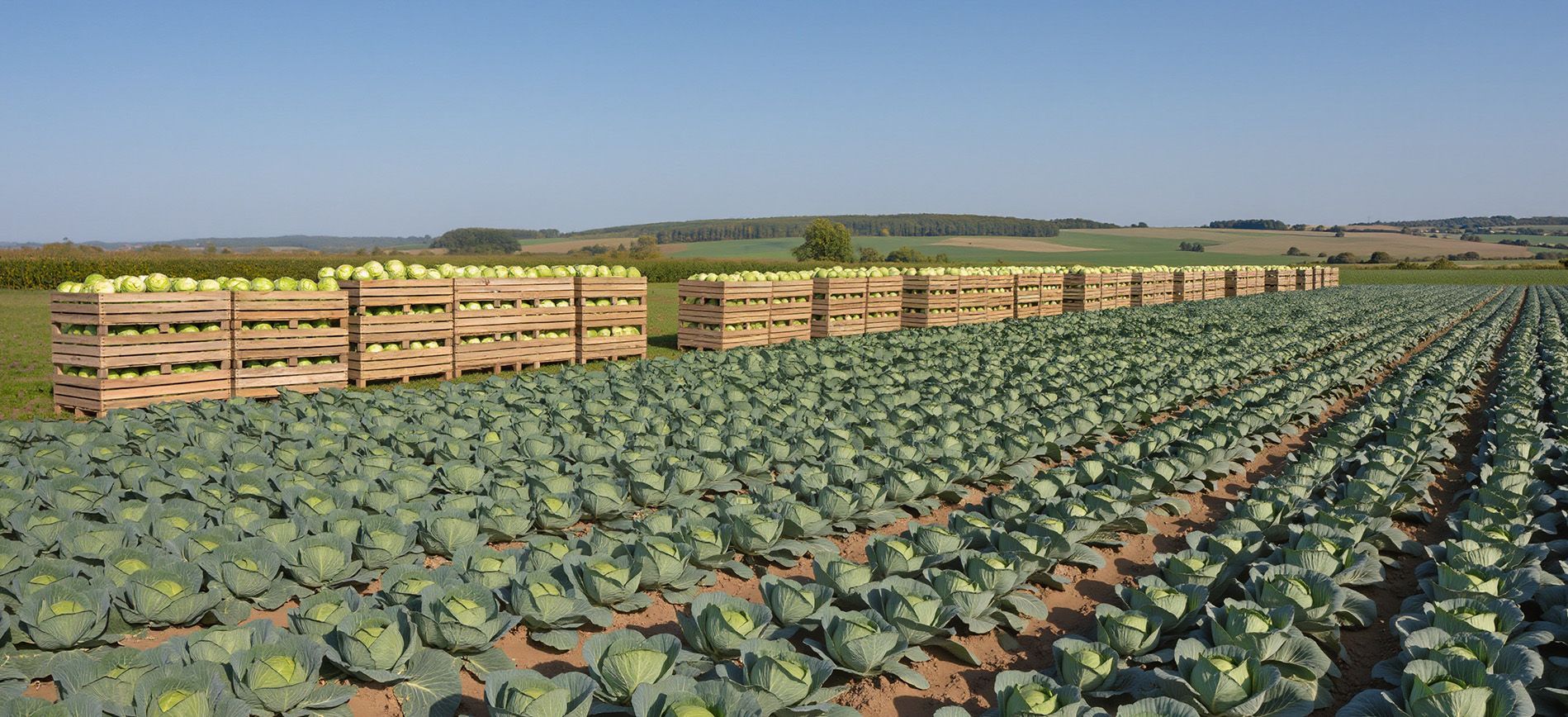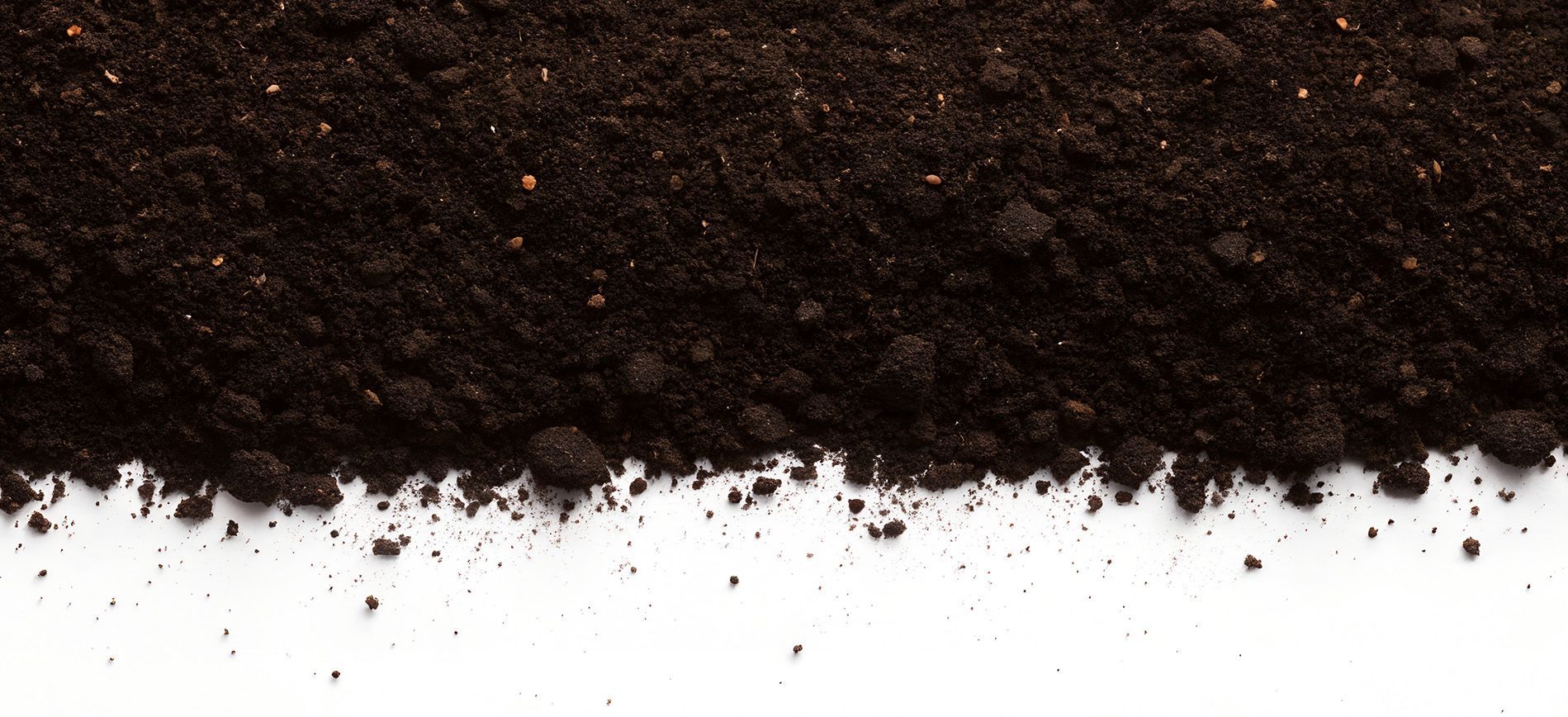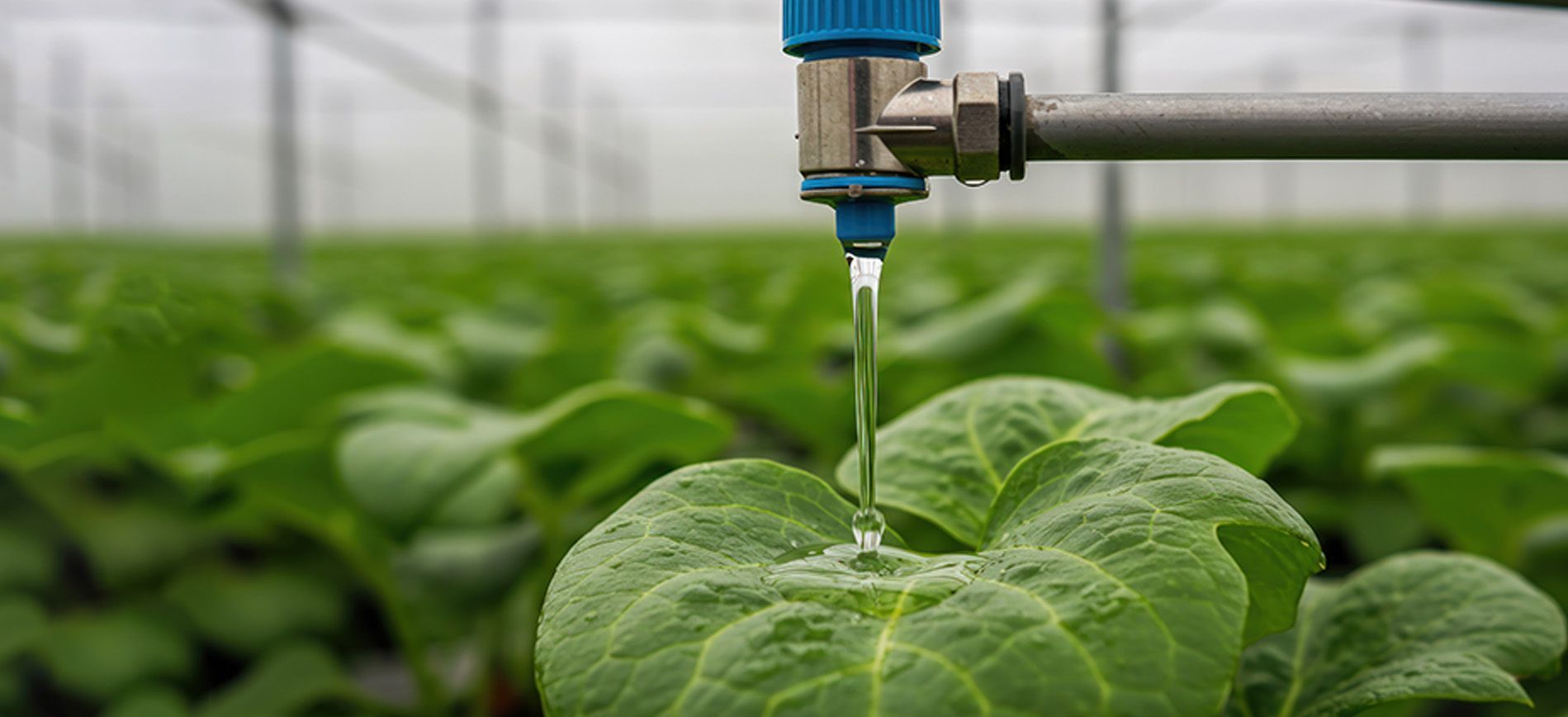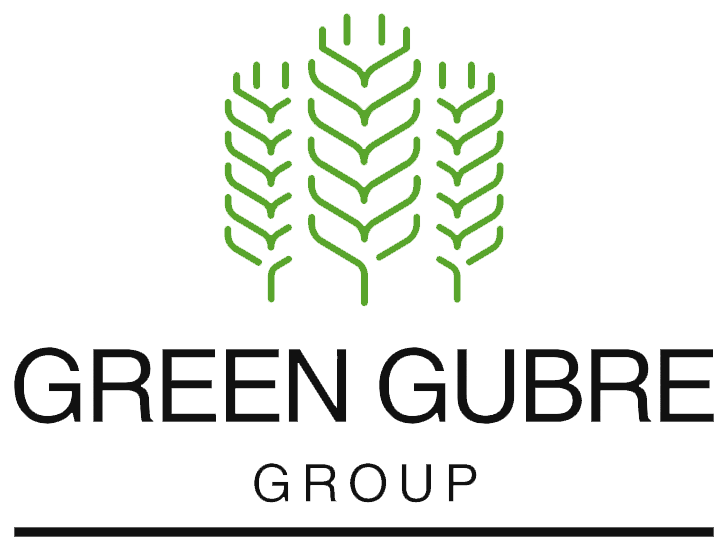Technological Innovation in Fertilizers – Smart Blends, Coated Urea, and Bio-Based Solutions
Technological Innovation in Fertilizers – Smart Blends, Coated Urea, and
Bio-Based Solutions
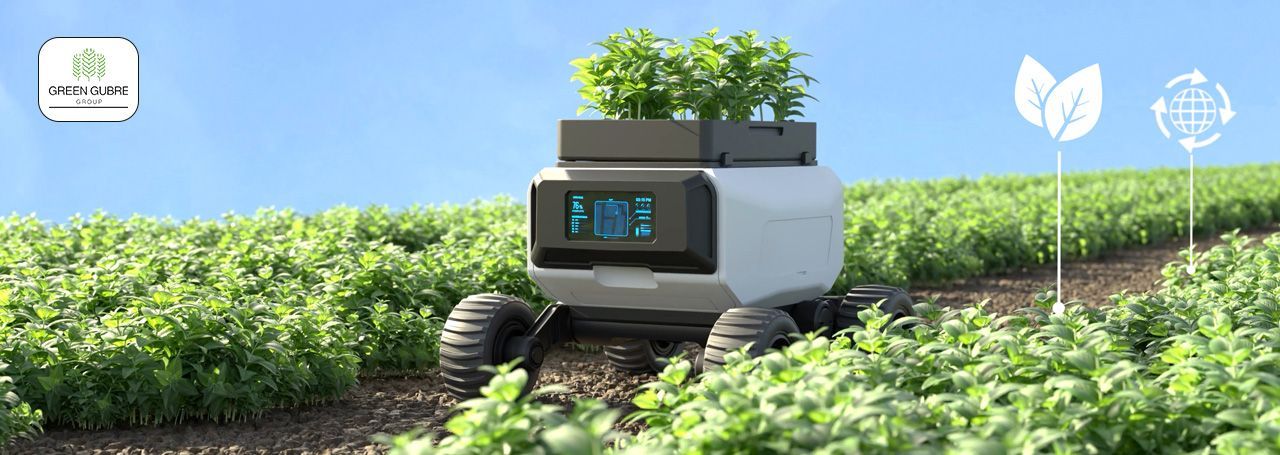
Introduction: Fertilizer Innovation for a Changing World
As the global population continues to rise and the demand for sustainable agriculture intensifies, the fertilizer industry is transforming technologically. Traditional fertilizers, such as urea and NPK blends, remain essential. Still, they are now being reimagined through cutting-edge innovations such as bright nutrient blends, polymer-coated urea, and bio-based formulations. These advancements represent scientific improvements and responses to pressing agricultural challenges, including nutrient losses, environmental degradation, and rising production costs.
In this blog, we explore the forefront of fertilizer innovation, highlighting
efficiency-enhancing technologies,
global R&D breakthroughs, and how Green Gubre Group prepares for the next era of plant nutrition.
1. Smart Blends: Precision Formulations for Targeted Crops and Soils
Bright fertilizer blends go beyond standard NPK ratios by incorporating the following:
- Secondary nutrients (Ca, Mg, S)
- Micronutrients (Zn, B, Fe, Mn)
- Crop-specific and soil-type formulations
Modern blending technologies utilize soil testing data, AI algorithms, and GIS mapping to tailor fertilizers that precisely match crop needs, resulting in minimal waste. For example:
- Maize in sub-Saharan Africa benefits from NPK + Zinc.
- Rice in Asia responds well to NPK + Sulfur.
- Fruits and vegetables need potassium-enriched blends with trace minerals.
This trend is accelerating in
India, China, Brazil, and East Africa, where governments and cooperatives are promoting
site-specific nutrient management (SSNM) for yield optimization【FAO [FAO – Precision Fertilization].
2. Controlled-Release and Coated Urea: Extending Efficiency
One of the most promising innovations is polymer-coated or sulfur-coated urea, which regulates nitrogen release over time, reducing:
- Leaching losses (common in sandy or irrigated soils)
- Volatilization into the atmosphere
- Nutrient runoff into water bodies
Controlled-release urea (CRU) enhances nitrogen use efficiency (NUE), enabling farmers to apply less nitrogen while achieving better yield outcomes. This technology supports:
- Sustainability goals
- Cost savings in fertilizer application
- Compliance with regulatory pressure on nitrate pollution
China, the EU, and the U.S. are rapidly adopting CRU in cereals, vegetables, and turf management [ICIS – Slow Release Fertilizer Markets].
3. Bio-Based Fertilizers: Eco-Friendly and Microbiome-Friendly Solutions
Bio-based fertilizers include:
- Biofertilizers (nitrogen-fixing bacteria like Azospirillum and Rhizobium)
- Organic-mineral hybrids
- Humic and fulvic acid blends
- Compost-enriched NPKs
These products improve soil microbial health, increase organic matter, and stimulate root development. Many also enhance nutrient uptake by breaking down fixed phosphorus or chelating micronutrients in the soil.
Countries like
Brazil,
India, and
Germany are investing in
biofertilizer R&D, incentivizing its adoption among organic and regenerative farmers【World Bank—Bio-Based Agriculture).
4. Digital Tools & IoT Integration: The Rise of Agri-Tech Fertilization
Modern fertilizer applications are often assisted by digital technology. Tools include:
- Variable rate technology (VRT) for precision spreading
- IoT soil sensors monitor moisture and nutrient levels
- Mobile apps for fertilizer scheduling based on real-time weather data
Such tools
enhance resource use efficiency, lower input costs, and improve field-level decision-making. Leading agri-tech hubs in
Israel, the Netherlands, India, and the
U.S. are driving this convergence of
data and nutrition.
Green Gubre Group: Championing Next-Gen Fertilizers
At Green Gubre Group, we actively explore and source innovative fertilizers from leading global producers. We provide:
- Custom NPK blends with micronutrients
- Granular and coated urea options
- Bio-based fertilizer alternatives
- Consulting support for precision nutrient strategies
We believe the future of plant nutrition lies in
science-driven, efficiency-focused, and environmentally responsible solutions—and we’re proud to help lead that future across Africa, Asia, and beyond.

